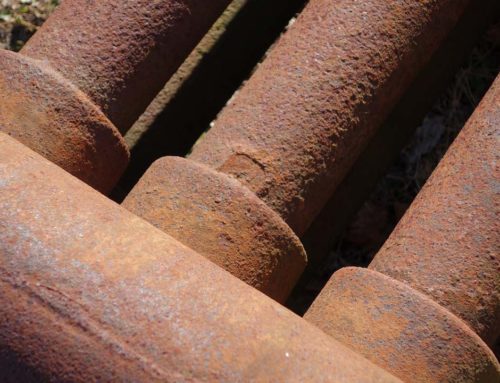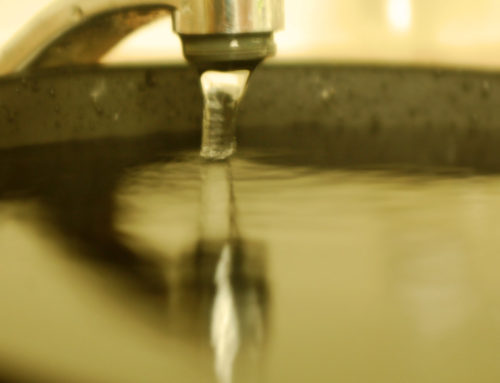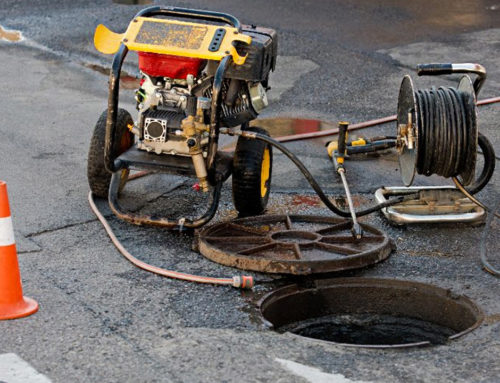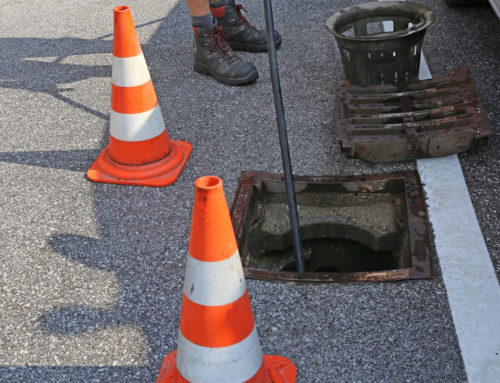Preventing Mold and Moisture in Gym Plumbing
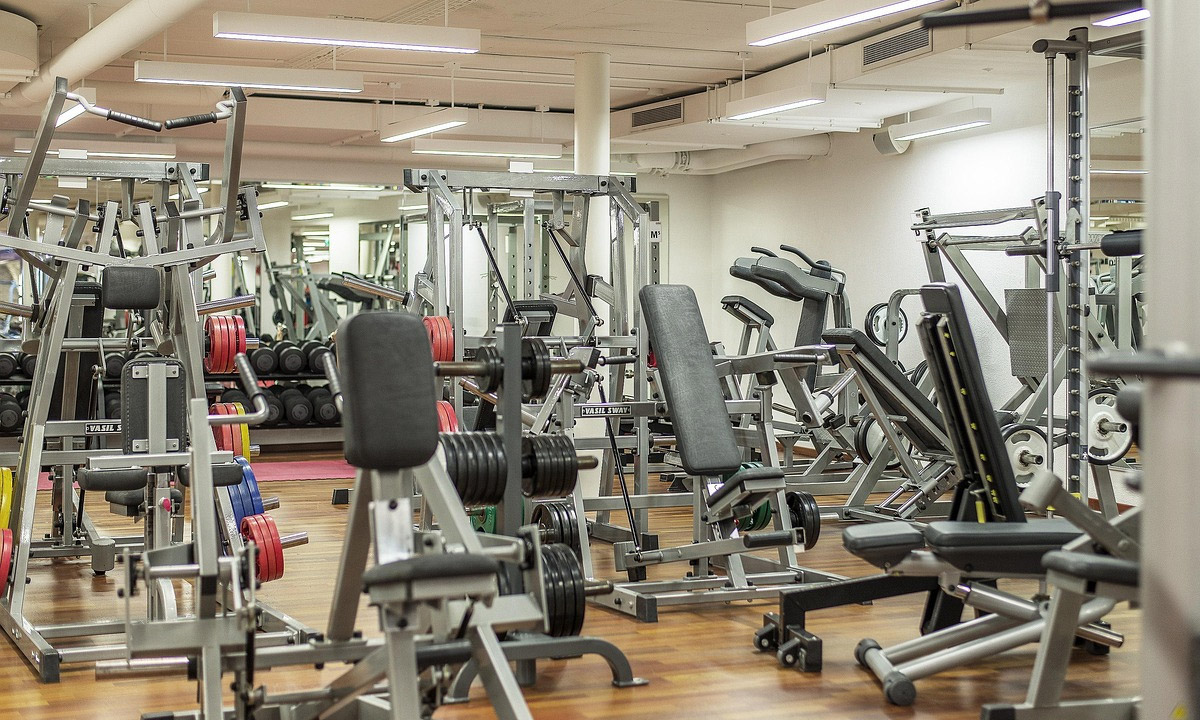
Maintaining a clean, safe, and healthy environment is essential in any gym, and one of the most common issues that can compromise this is the presence of mold and excess moisture, particularly in and around the plumbing systems. Mold not only leads to unpleasant odors and unsightly stains but also poses serious health risks, especially to individuals with allergies or respiratory conditions. Preventing mold and moisture buildup in gym plumbing requires a proactive and systematic approach that addresses both the sources of moisture and the conditions that allow mold to thrive.
Understanding the Causes
Gyms are naturally high-humidity environments. From showers and locker rooms to steam rooms and water fountains, moisture is nearly everywhere. Combine this with warm temperatures and poor ventilation, and you have the ideal breeding ground for mold. Plumbing systems can be particularly problematic, as they often feature hidden or poorly accessible areas where leaks or condensation may go unnoticed for extended periods. Drainage issues, slow leaks behind walls, and improperly sealed fixtures can all contribute to persistent moisture buildup.
Regular Inspection and Maintenance
One of the most effective ways to prevent mold is through routine inspection and maintenance of all plumbing fixtures and systems. Gym owners and maintenance staff should regularly check for signs of leaks, water stains, or pooling water around sinks, showers, toilets, and under counters. Even minor drips or condensation on pipes should be addressed immediately. Scheduling professional plumbing inspections annually or semi-annually can help identify hidden issues such as pipe corrosion or joint failures before they become serious problems.
Improving Ventilation and Airflow
Adequate ventilation is crucial in controlling moisture levels in high-humidity areas. Gym facilities should ensure that all bathrooms, locker rooms, and shower areas are equipped with high-quality exhaust fans that are properly sized for the space. These fans should be left running for a sufficient period after use to ensure that moisture is expelled from the room. Where possible, natural ventilation, such as windows or vents, can also be utilized to enhance airflow. Dehumidifiers can also play a supporting role in reducing ambient moisture in particularly damp or enclosed areas.
Proper Drainage and Waterproofing
Proper drainage design is essential in preventing water accumulation. Floor drains in showers and locker rooms should be inspected regularly to ensure they are not clogged or slow to drain. Additionally, floors and walls should be constructed with waterproof materials and include effective seals around joints and fixtures. Tiling with waterproof grout, the use of mold-resistant caulking, and waterproof membranes behind wall surfaces can greatly reduce the risk of water intrusion and mold growth.
Using Mold-Resistant Materials
When building or renovating gym areas, selecting materials specifically designed to resist mold can have long-term benefits. Mold-resistant drywall, non-porous flooring, and antimicrobial coatings for walls and ceilings are all good options. These materials inhibit mold growth even in high-moisture environments and reduce the need for frequent cleaning or replacement.
Educating Staff and Members
Staff should be trained to recognize the signs of water leaks or mold and report them promptly. Encouraging good habits among gym members—such as wiping down wet areas, not leaving towels or clothing on the floor, and reporting plumbing issues—can also help prevent moisture buildup.
Mold and moisture problems in gym plumbing systems can have serious health and financial consequences if left unchecked. However, with consistent maintenance, smart design choices, and a commitment to cleanliness, gym owners can effectively control moisture and prevent mold growth. A proactive approach not only extends the life of the facility’s infrastructure but also ensures a healthier, more pleasant environment for everyone who uses the gym.

